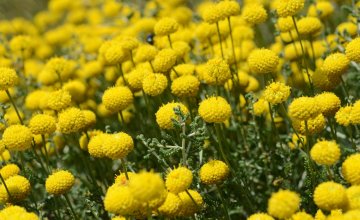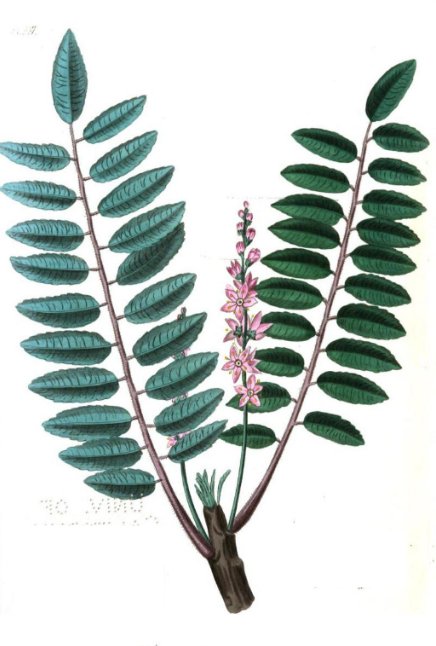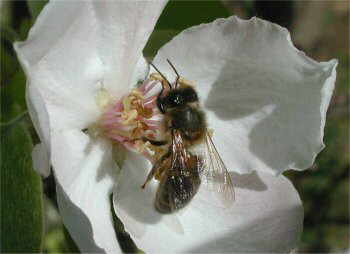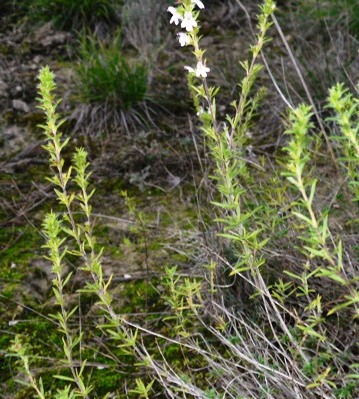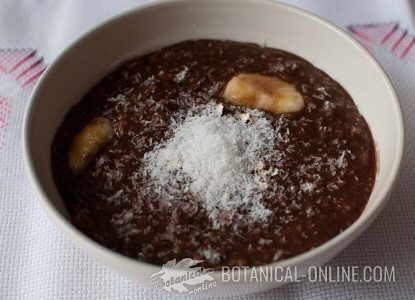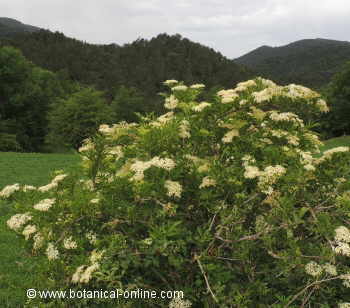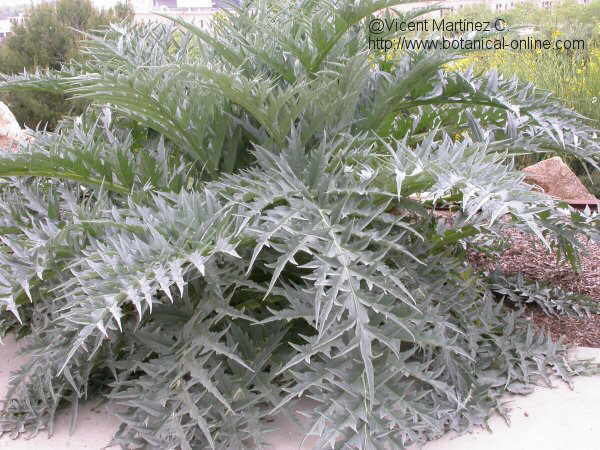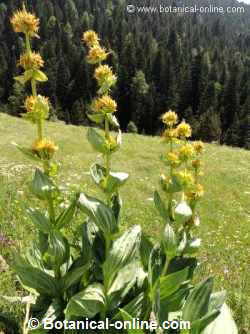Types of wheat
Varieties of wheat
From the primitive type of wheat (Triticum vulgaris), there have been different species, classes and varieties of a cereal that is constantly being a source for research and junctions to improve their genetics.
According to their chromosomes, we can mention the following varieties of wheat:
– Diploid Varieties: with two groups of chromosomes in each cell. This variety includes species such as einkorn.
– Tretaploid Varieties: with four pairs of chromosomes by cell. This variety includes species like Triticum belong durum.
– Hexaploid Varieties: with six pairs of chromosomes in each cell. In this group we have species like Triticum aestivum or Triticum espelta.
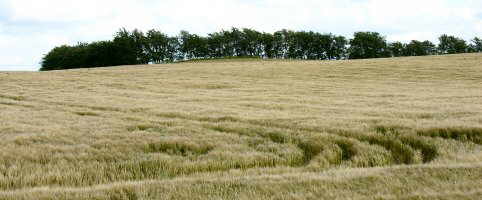
Photo of wheat field
According to its utility, we basically have two groups of wheat:
– Soft wheat: it is a group which includes a some species or varieties destined essentially to bread production in Europe and the production of pasta in the U.S. or Canada. The most abundant species within this group is the common wheat (Triticum aestivum) belonging to the same group but others as well known as Spelt wheat (Triticum spelta). Soft wheats are grown mainly in warm and temperate regions. Their grains, when breaking, show a difference in texture between the edge, harder, and the center, more starchy. Their content in starch, fat, iron, phosphorus and vitamin B is higher than in durum wheat. Among some common soft wheat varieties, we have the following:
– Aragon 03.
– Alcotan
– Betres
– Diego
– Marius
– Hard wheat: The most used species is durum wheat (Triticum durum). It is grown in drier areas. The appearance of the interior of the grain when it is broken is crystalline and uniform. It features more proportion of protein, water, and calcium than soft wheat. Varieties of hard wheat are most widely used in the U.S. and Canada, where they are used for the production of bread, but less used in Europe, where they are intended mainly for the production of pasta. Among some durum wheat varieties, we have the following:
– Esquirlache
– Rocky
– Anton
According to the planting season we can distinguish:
– Winter wheat: They are those that are planted in autumn a harvested at the beginning of summer. They need mild climates.
– Spring wheat: They are planted in spring and harvested in late summer. They are planted in cooler places.
By the color of the seed they can be:
– Red wheats: when they present a slightly red coloration, due to his tannin content.
– White wheats: They are whitish because the reddish pigments have been removed from them.
![]() More information on wheat.
More information on wheat.

